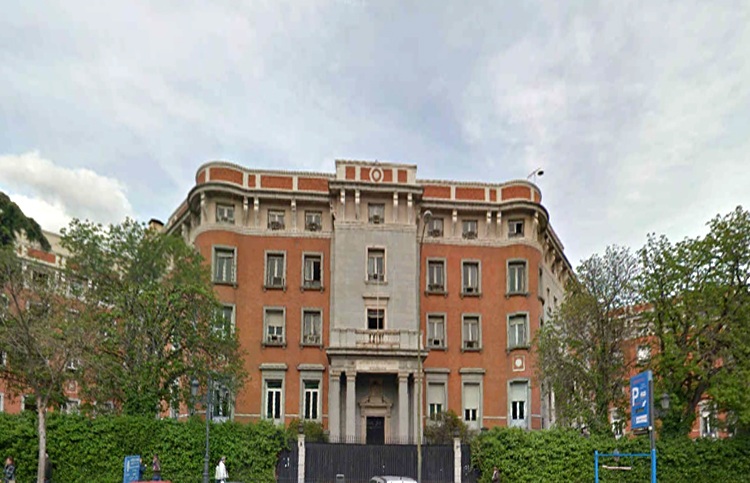Eduardo González
The Ministry of Foreign Affairs will begin this coming Monday its move to the building in the Plaza del Marqués de Salamanca in Madrid, a process that began 2004 when it was decided to provisionally abandon the building for its rehabilitation and that should be completed by the end of next November.
“Once the rehabilitation process of the new headquarters, which integrates the modernity of its spaces with the recovery and improvement of the singular and representative elements of the original building, begins an operation that will lead to the displacement of about 1,300 people and a volume of material of about 6,000 cubic meters from three different headquarters and that, foreseeably, will be completed by the end of November”, informed yesterday the Ministry in a press release.
These forecasts are in line with what was published last April 30 by the Ministry itself, when it announced through the Official State Gazette (BOE) the first tenders related to the transfer of its headquarters to the Marqués de Salamanca mansion, whose start-up was intended to coincide with “the eviction, on November 21, of the Torres Ágora headquarters due to the termination of the current lease contract”. According to the award of the removal -awarded to the company Savills Aguirre Newman Arquitectura SAU, the only one that had opted for the tender-, to which the agency Europa Press had access, the cost of the transfer will be almost 110,000 euros.
In a first phase, according to what the Ministry explained yesterday, the building of Torres Agora will be vacated, followed by the headquarters of the General Directorate of Spaniards Abroad and Consular Affairs in Pechuán Street. Subsequently, it is planned to move to the new building a part of the units that are currently located in the headquarters of the Palace of Santa Cruz and the Palace of Viana.
End of a long history
The move puts an end to a long history that began in 2004, when the Ministry of Foreign Affairs decided to leave the Marqués de Salamanca headquarters – headquarters of the former National Institute of Industry – because of naphthalene, a toxic and flammable substance, and the then Minister, Ana Palacios, ordered its transfer to Torres Ágora, where the bulk of the Department has been located since then. As a result of that move, the Ministry has paid more than 130 million euros in rents.
In 2012 it was decided to refurbish and recover the Marqués de Salamanca building and in 2014 the works were awarded to the company Tragsa, under the direction of the Directorate General of State Assets of the Ministry of Finance. The project was approved in 2016 and the works began in October 2017, but since then they have been delayed more than expected, for one reason or another. As a result of the delays and the problems detected during the works, the initial budget, which was 69 million, has been increasing to reach 84 million euros, according to recent estimates by the newspaper Cinco Días.
In December 2019 it was assured that the building would be ready a year later, but the COVID-19 pandemic further swelled the long list of previous delays. Last July 29, the Minister of Foreign Affairs, José Manuel Albares, took advantage of the inauguration ceremony of the new Undersecretary of the Ministry, Luis Cuesta, to ask him to “get down to work” and get the move to the new headquarters “as soon as possible”.
Sustainability and accessibility
“The new headquarters of the Ministry houses different work areas and multipurpose rooms for the performance of its activities, as well as an early childhood education center to facilitate the family reconciliation of its employees,” explained yesterday the Department of José Manuel Albares. “The building has a green roof that aims to contribute to the environmental improvement of the urban environment by combating the so-called ‘heat islands’, improving the insulation of the building and enriching the ecological biodiversity,” it added.
Likewise, he continued, the refurbishment “has been designed with a focus on energy efficiency and sustainability” and has taken into account accessibility, “another of the criteria that have inspired the building’s improvement operations”.






